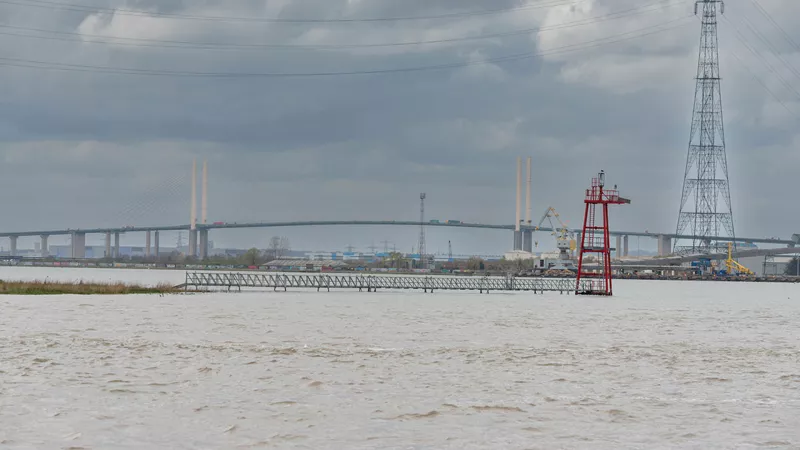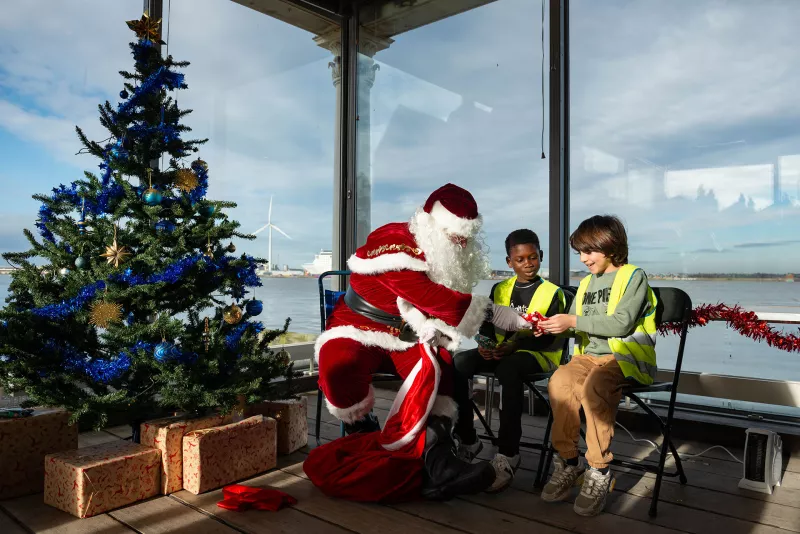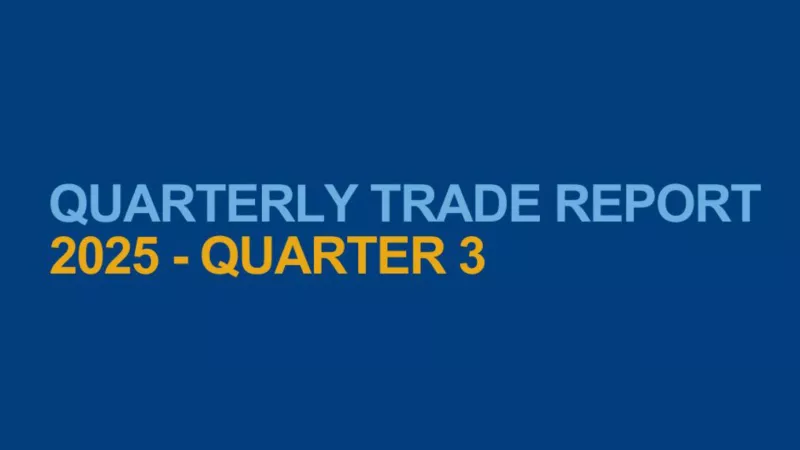Live Tides
NOTICES TO MARINERS
Charts & Surveys

Incident reporting
Life-threatening emergencies on the river:
Call 999 and ask for the Coastguard
For near miss, safety observations and incident reporting click below
Greenwich Ship Tier air quality monitoring results
The Port of London Authority (PLA) has announced the results of the air quality monitoring programme around its mid-river mooring at Greenwich.
Greenwich Ship Tier is principally used by visiting cruise ships. Seven monitoring stations were installed close to the mooring, on the north and south riverbanks. Operational since Spring 2019, they captured data around the clock, with the raw data available via the websites of both the PLA and Breathe London. The PLA committed to share the analysis of the calibrated results from the monitoring, a commitment it is now fulfilling. The summary air quality monitoring report can be found online here.
The monitors were capturing data on two pollutants: Particular Matter (PM) and Nitrogen Dioxide (NO2) over a 146-day period. Cruise ships were moored at Greenwich on 41 of those days. Analysis of the calibrated results of the monitoring shows that when a cruise ship was moored at Greenwich Ship Tier there was:
- no exceedance in the National Standard for the daily (24 hour) PM10 mean for 97.6% of the time (40 out of 41 days) – this is a statistically insignificant difference compared to the two exceedances of the PM10 National Standard (24 hours) over this period when there was no cruise ship berthed at Greenwich Ship Tier.
- no exceedances in the National Standard for the hourly NO2 mean at any monitoring sites, except at Greenwich Pier; it is considered that, rather than cruise vessels, the strong influence of other river activities at Greenwich Pier was the reason for the hourly NO2 mean exceeding the National Standard for approximately 1.5% of the entire monitoring period; of this, 0.17% occurred when a cruise vessel was mooring at Greenwich Ship Tier.
“Monitoring air quality in a congested urban environment is a complex thing to do,” said PLA chief executive, Robin Mortimer. “These results help us all understand better the impact of cruise ships on the Thames at Greenwich. The conclusion is that there are not breaches of legal standards for air quality attributable to cruise ships berthing at Greenwich Ship Tier.
“In the longer term, we are committed to exploring options for Net Zero berthing operations when vessels are in port. We are seeking technical, operational and investment business partners for this project with a target date of 2025. This is a technically challenging goal, particularly given the economic impacts of the pandemic, but will be our focus as part of a wider green recovery.”
Robin Mortimer added that the PLA has today released its ‘emission reduction roadmap for inland shipping on the Tidal Thames’. The roadmap, developed by specialist consultants, E4tech, working in consultation with the PLA and river operators, is the first of its kind for a UK port. It sets out the feasibility of technological steps for progressive reduction of emissions from river operations including passenger ferries, tugs, freighters and service boats. The report also identifies barriers to reach the 2050 target for domestic shipping, which the PLA is already working with operators and other regulators to eliminate. The emission reduction roadmap is online here.
The Greenwich Ship Tier air quality monitors were installed in accordance with a recommendation in the PLA’s Air Quality Strategy, published in May 2018, the first to be produced by a UK port. The strategy features challenging 25-year targets including halving emissions from river-related sources, whilst continuing to grow use of the river for both freight and passengers.
The network of air pollution monitors was funded by the PLA. Supplied by Gloucestershire-based Air Monitors Limited, the state-of-the-art technology used in Greenwich mirrors that used in other major studies around the world. The monitoring was undertaken alongside the Breathe London Network and the Councils covering both Greenwich and Tower Hamlets, close to Greenwich Ship Tier. The calibration work has been undertaken by Ricardo UEA who is supporting DEFRA Automatic Urban and Rural Network (AURN) monitoring sites and they are now maintaining the sensors. In the busy and complex London environment, the monitors picked up emissions from all sources, particularly road transport.
The PLA will be discussing the air quality monitoring results at the next local public meeting, when COVID-19 response regulations make this again possible. In the meantime, it will be welcoming stakeholders’ questions to the email address: [email protected]
Robin Mortimer concluded:
“The ongoing situation with the COVID-19 virus means that the public and face-to-face meetings we had expected to host about this data are not currently possible. We look forward to further discussion with stakeholders, once the public health crisis has passed and are open to online feedback and engagement.”
PLA initiatives to improve air quality on the tidal Thames include the UK port-first Green Tariff for environmentally cleaner ships calling at terminals on the river. The Green Tariff discount has been increased this year, with those ships calling on the Thames that perform at an even higher environmental standard now qualifying for a 20 per cent discount.
Related content


Location: London/Gravesend Remuneration: £28,971 per annum for a commitment of up to 24 days per...

Discover


